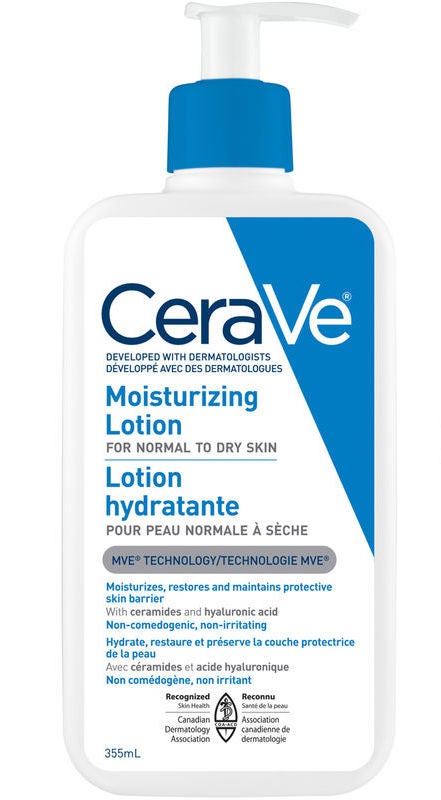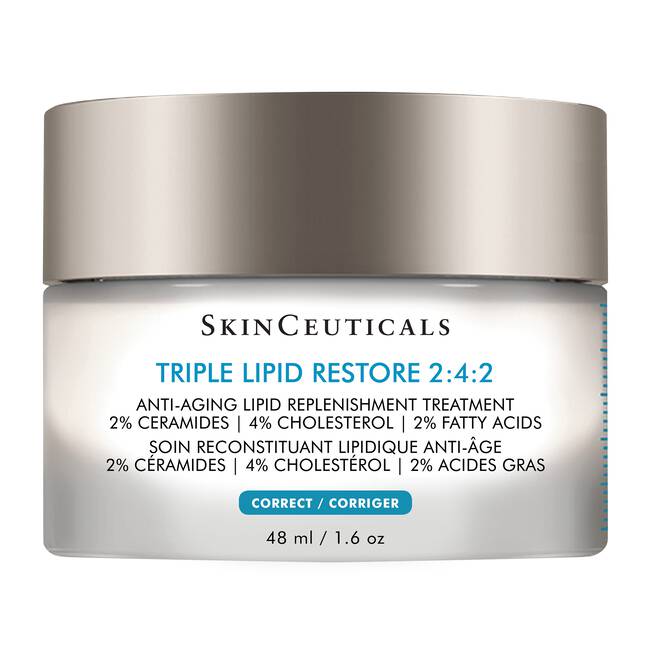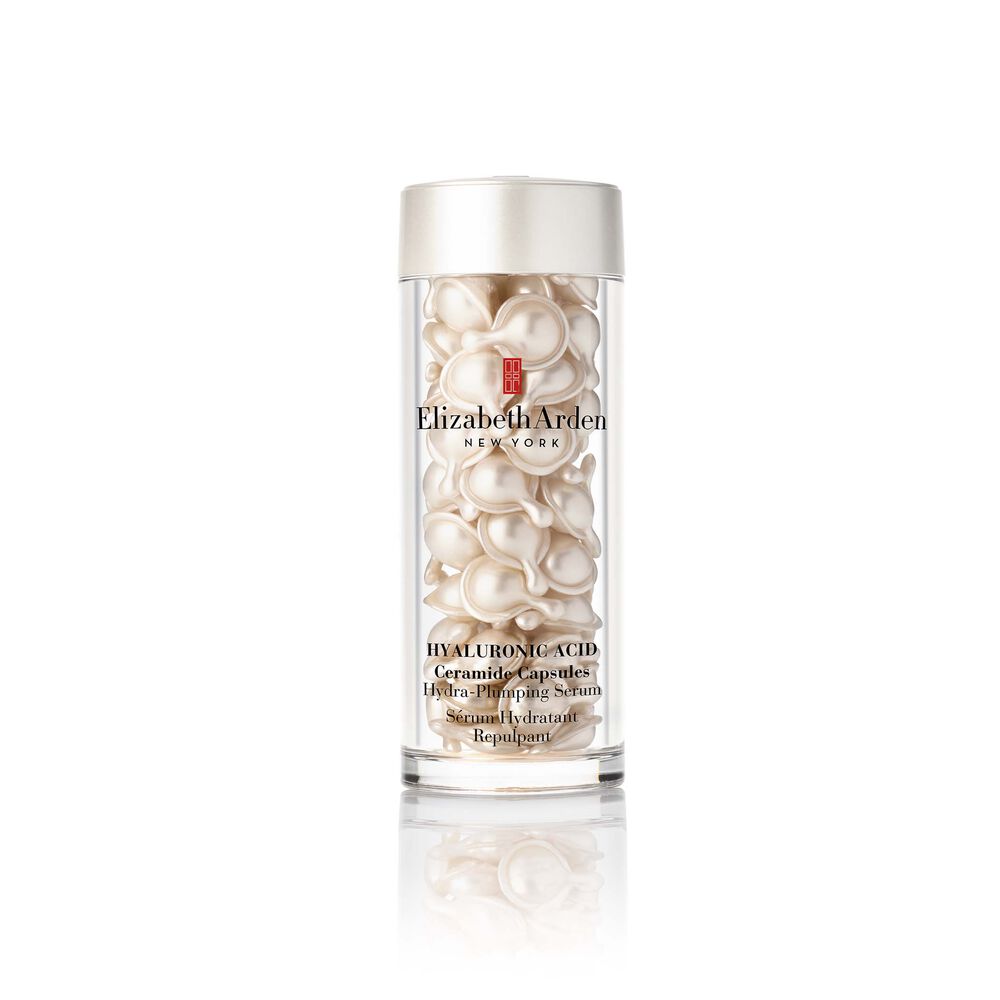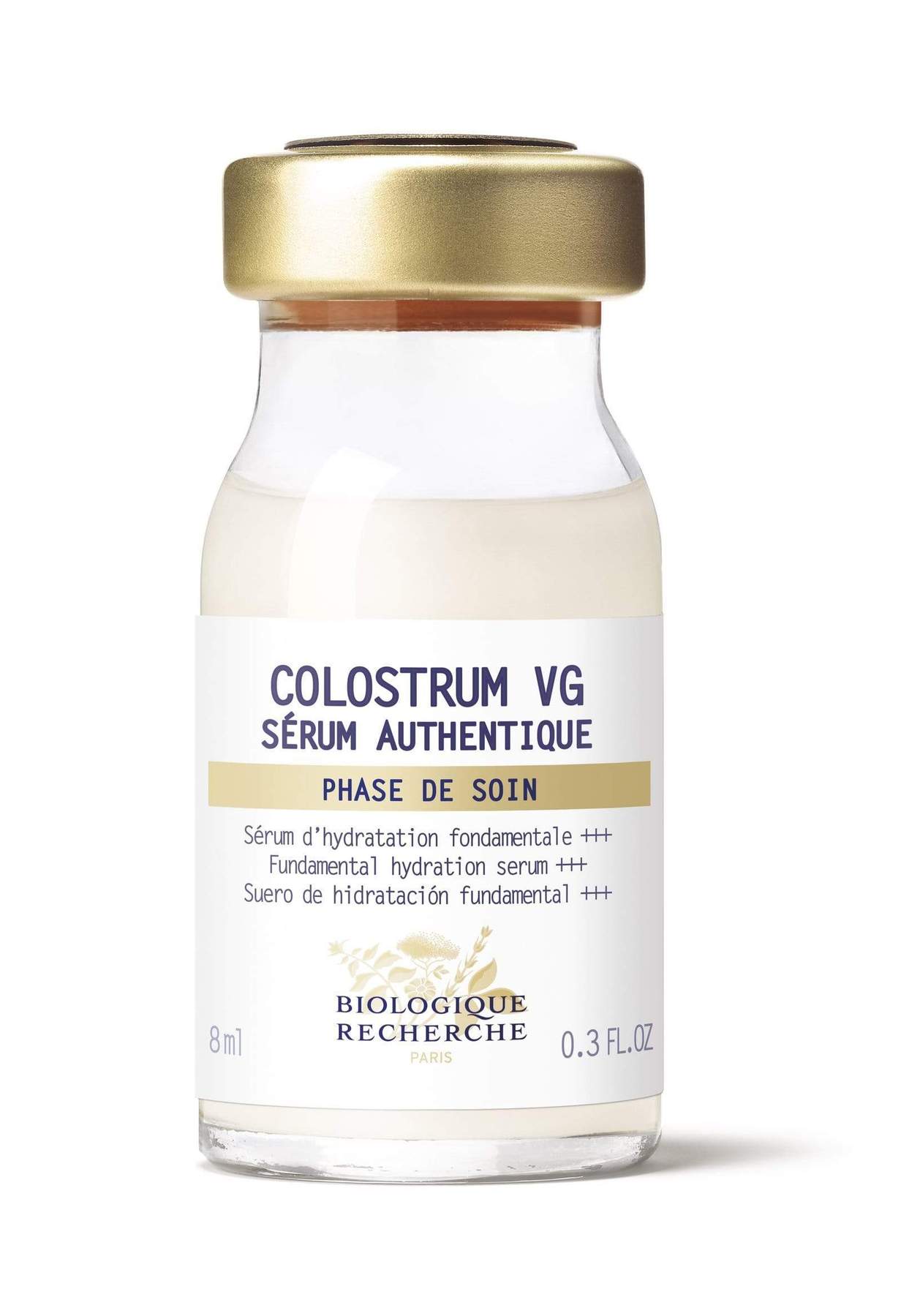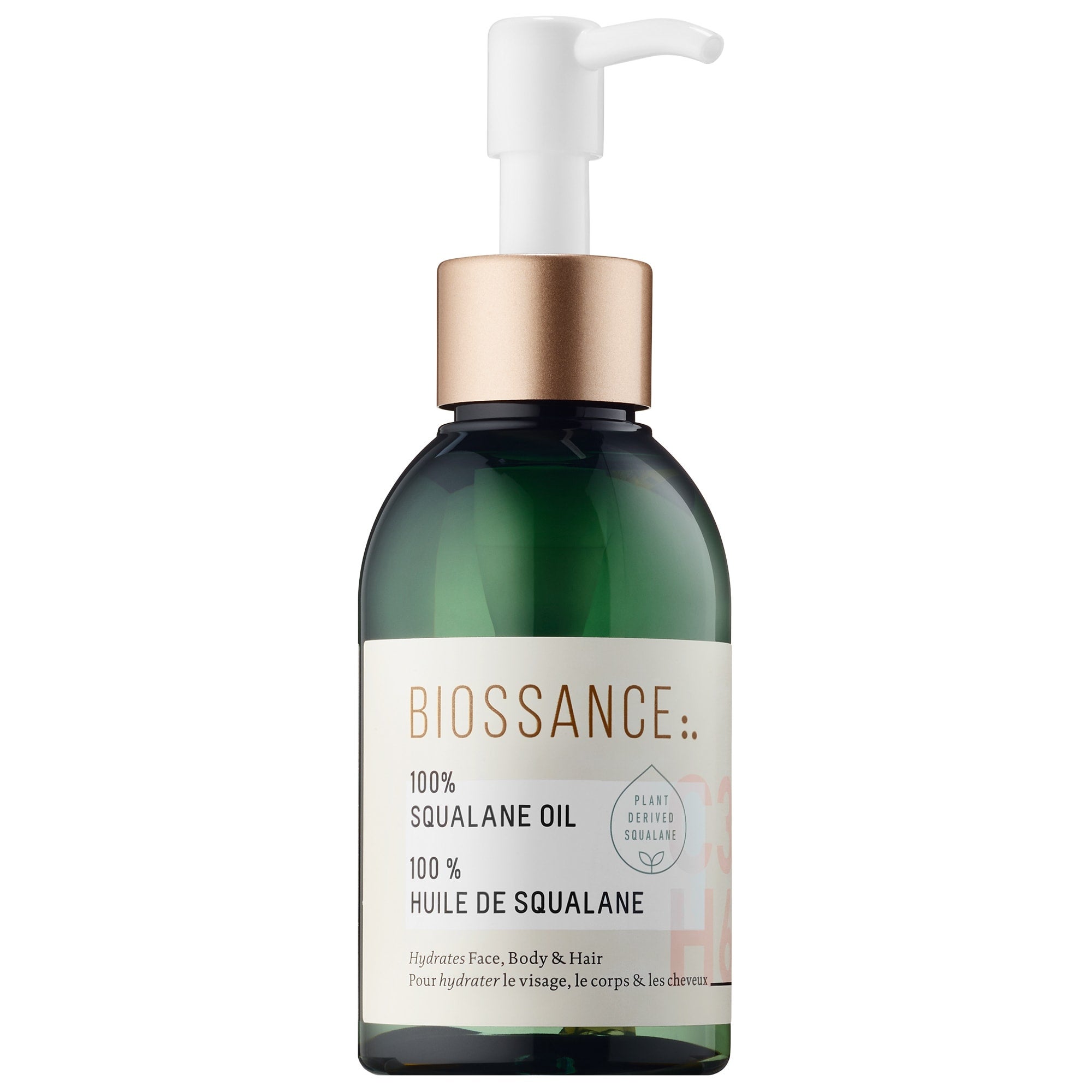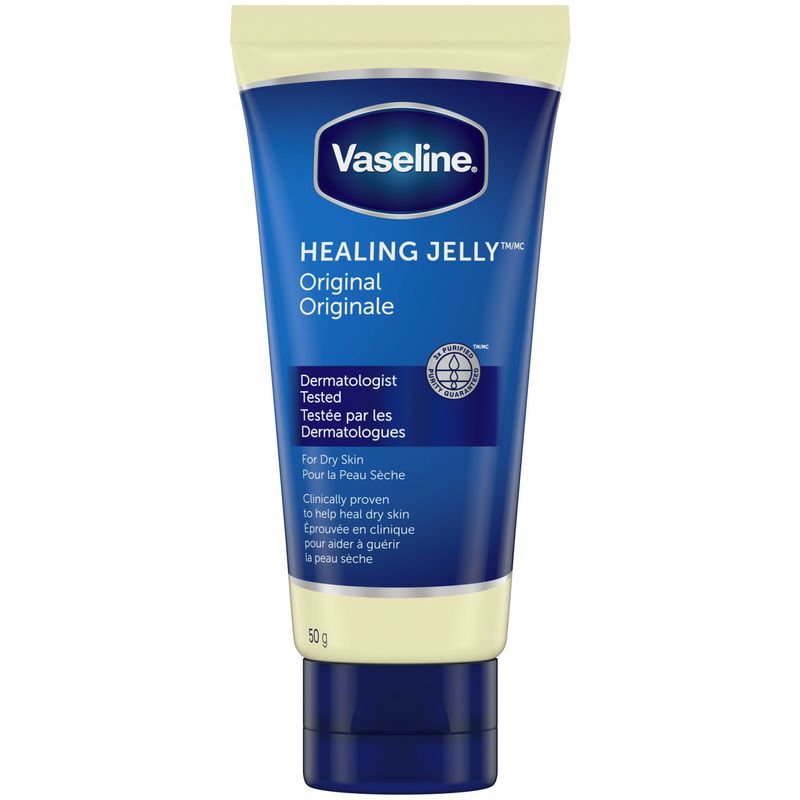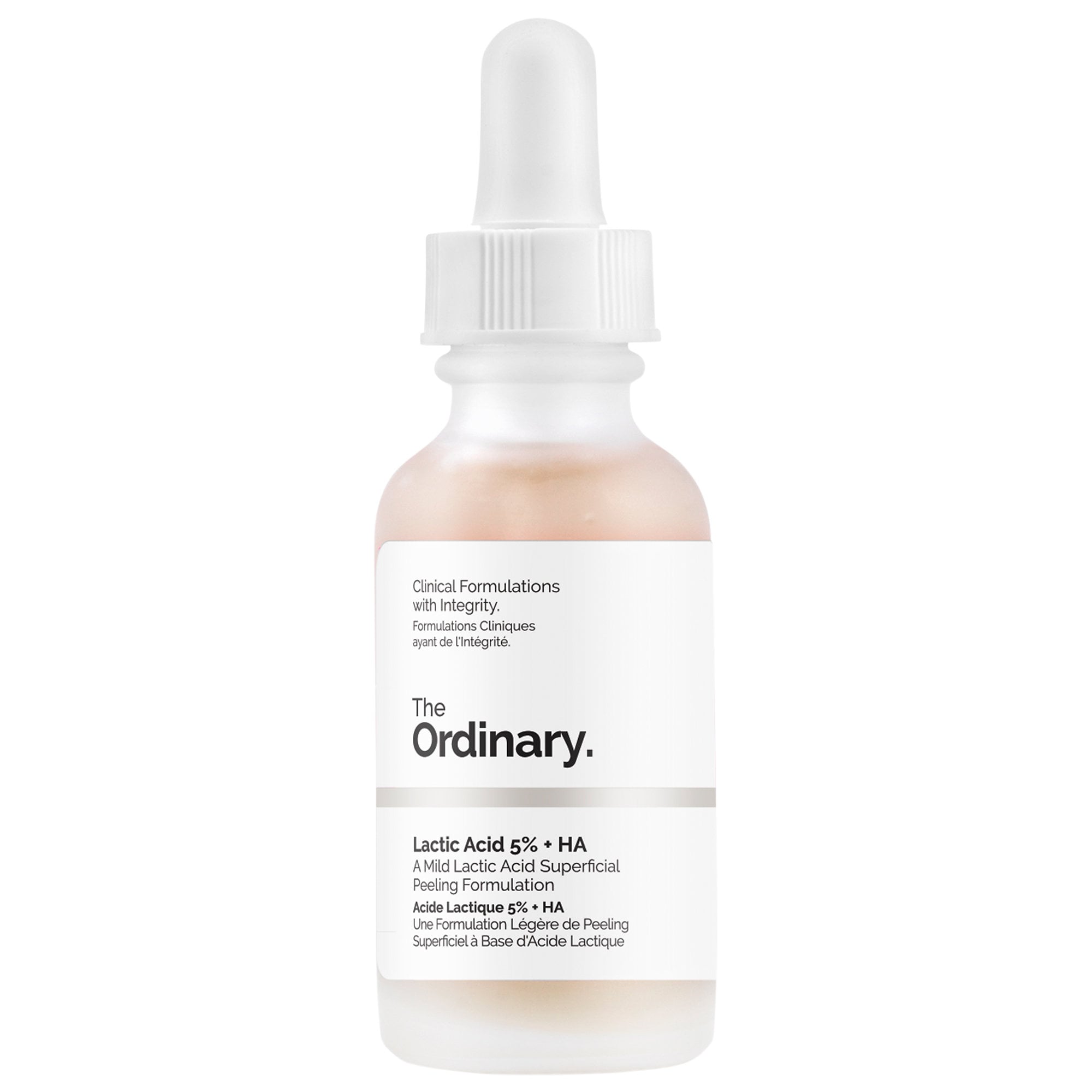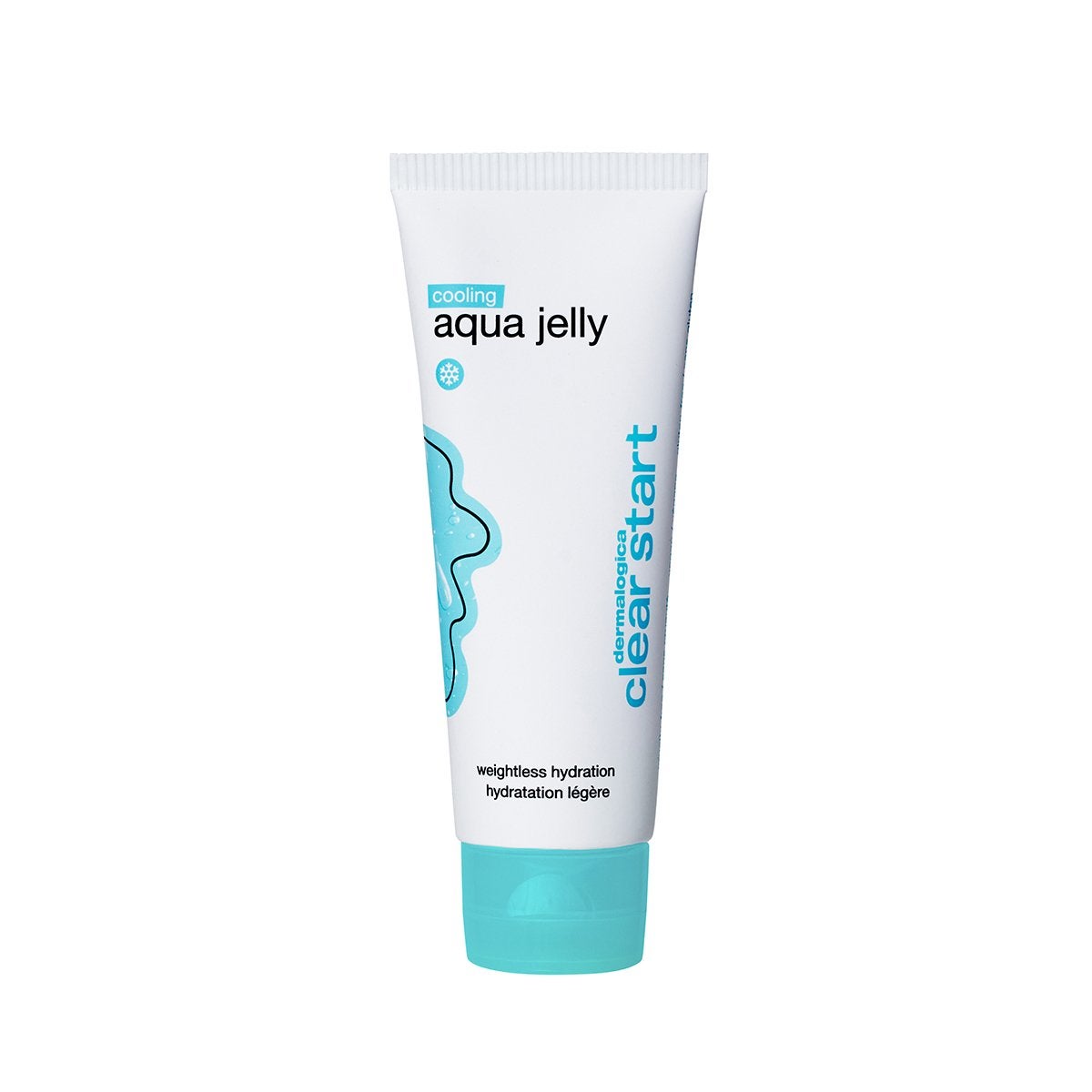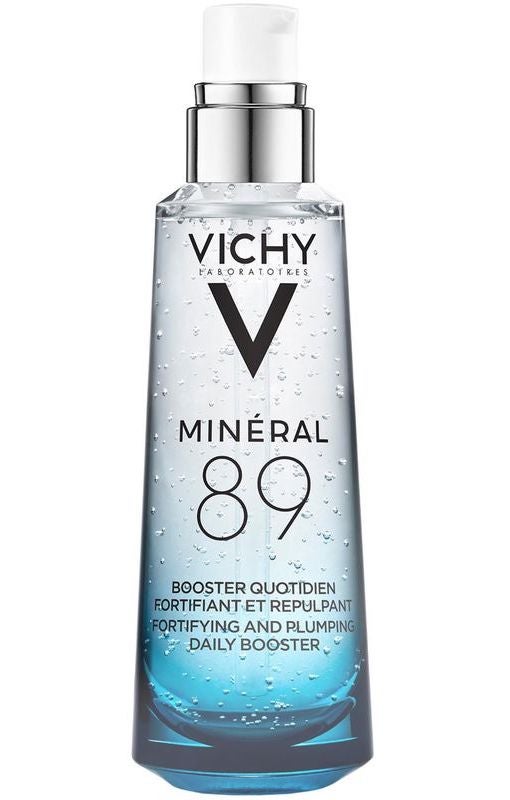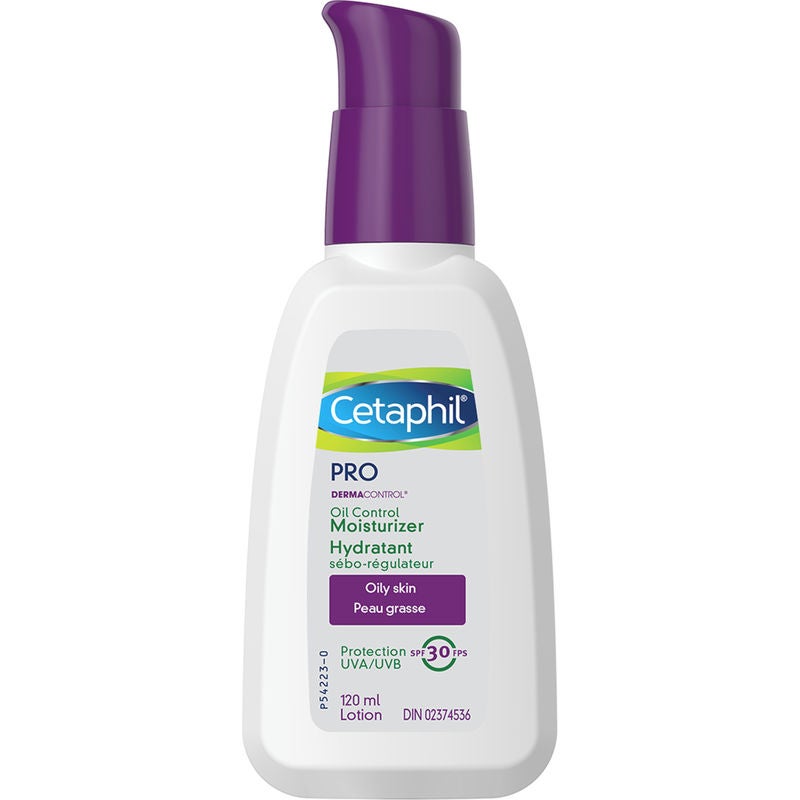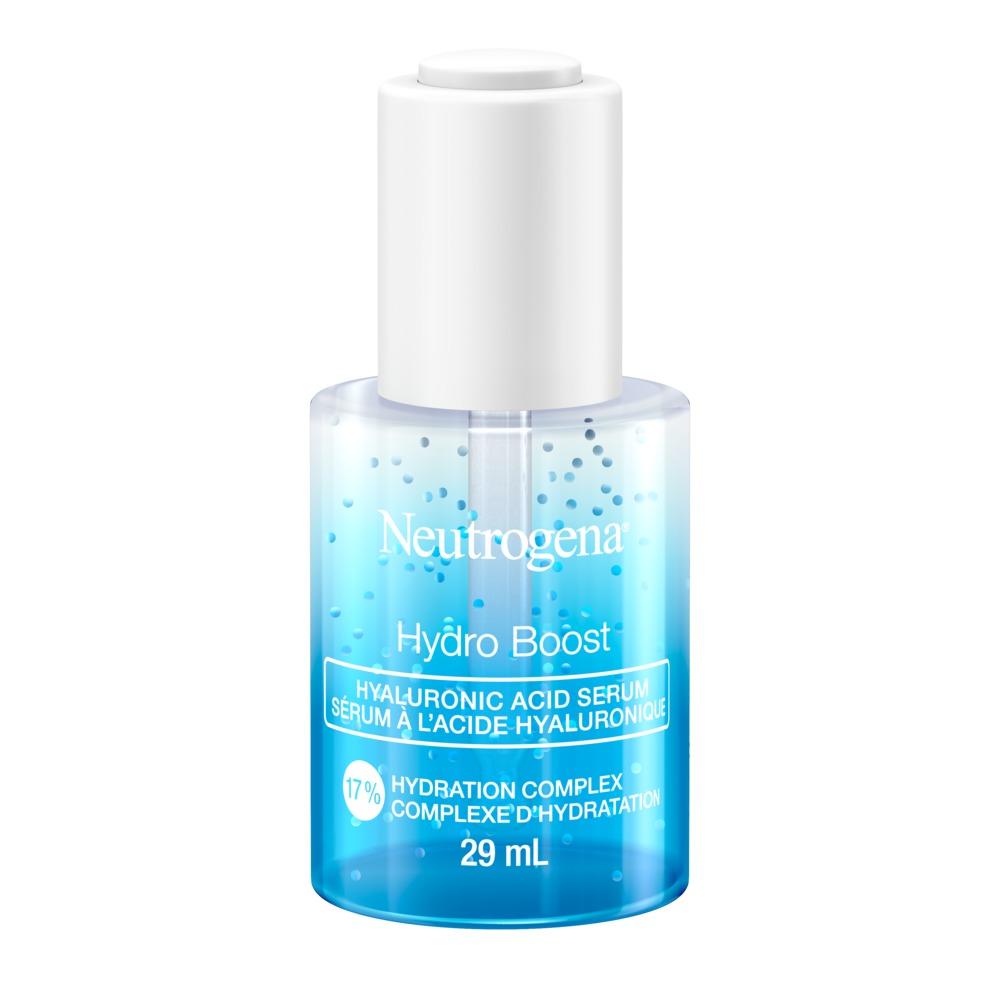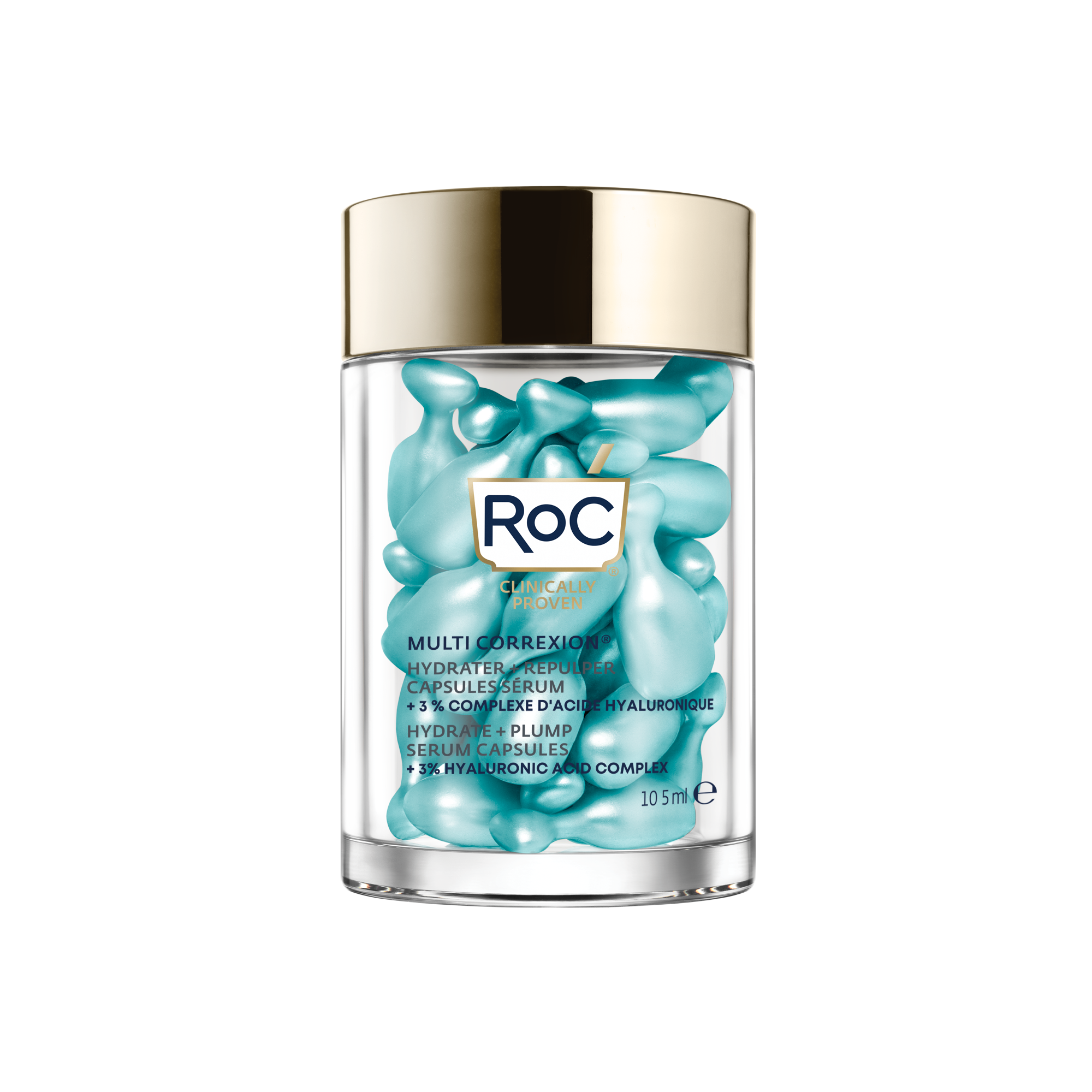Are You Using The Right Winter Moisturizer For Your Skin Type?
Just like the life-changing magic of a winter coat that’s actually warm or soak-proof boots, embracing cold-weather skincare can make our annual deep freeze all the more manageable. “Most people do need to change up their routine at least a little bit in the wintertime,” says Dr. Renita Ahluwalia, lead dermatologist and co-founder of Toronto’s Canadian Dermatology Centre. “In our Canadian winters, the top layer of the skin can easily become compromised due to the dryness from the elements.”
By compromised, that means that there’s damage to the outer layer of skin (the barrier), which can translate to a duller complexion, tight-feeling skin and, in extreme cases, red and flaky irritation. Fortunately, much of this can be avoided by making a few tweaks to your skin-care routine.
AdvertisementADVERTISEMENT
But first, a quick PSA: “Of course, one thing not to change is: keep using SPF in the winter months,” says Vancouver-based dermatologist Dr. Katie Beleznay. Even though you’re less likely to get a burn from UVB rays, skin-damaging UVA is still a threat all year long. For the best coverage, add a broad-spectrum (which protects against both UVA and UVB) sunscreen to the end of your morning routine.
As for what you slather on underneath, it all depends on your skin’s needs. Here, the pros break down how to find the best moisturizer for winter, whether you’re balancing breakouts or looking for major hydration help.
Best winter moisturizer for everyday hydration
If scrolling through the hundreds of product options gives you add-to-cart anxiety, here’s a tip: all moisturizers can be divided into three main categories: humectants, emollients, and occlusives. For “normal” skin types (sometimes called “balanced,” so neither very oily nor very dry), you’ll want to focus on the first two (more on occlusives in a sec).
Humectants include hyaluronic acid, glycerin, and urea, which all help quench skin by drawing water into its top layer. “I like humectants because they’re not oily or greasy,” says Dr. Ahluwalia. “And if you’re a little on the slightly drier side — really for anyone in Canadian winter — emollients are really helpful too.” These work by softening and smoothing at the surface, and often contain ingredients that match what’s naturally found in the top layer of your skin. Think: ceramides, fatty acids, and cholesterol.
AdvertisementADVERTISEMENT
Some products pack a combo of humectants and emollients, but if not, you can layer an emollient-containing cream over a lightweight humectant. With either approach, you’ll get the added perk of skin that looks fresher, too. “When the skin is lubricated and smooth with less textural changes, it can give better light reflection for that nice even glow,” says Dr. Beleznay.
Best winter moisturizer for serious barrier repair
If your skin is looking rough and flaky, chances are your skin barrier is compromised. Think of your skin barrier as a brick wall, where your skin cells are the bricks, all held together by lipids (fats), and proteins that act as mortar. “In the winter, that cement between the bricks can be compromised, and then there’s breaks in the skin,” says Dr. Ahluwalia, pointing to harsh winds and dry, cold air. “That makes skin more susceptible to irritants getting in and water coming out.”
You’ll still want to load up on humectants and emollients, but to help lock those hydrators in, call on the third moisturizer category, occlusives. These ingredients tend to be thicker in texture and act as a physical seal over top your skin. Classic Vaseline is a derm-approved fave, which Dr. Ahluwalia recommends applying to damp skin before bed.
Nervous it’ll clog your pores? Just use a dime-sized amount so it doesn’t go on too thick, and rest assured that Dr. Ahluwalia even suggests it to her acne-prone patients that are dried out from Accutane. If you want something more lightweight, try moisturizers that contain squalane, an oil that mimics the squalene found naturally in our skin and are occlusive but also emollient.
AdvertisementADVERTISEMENT
Whichever you pick, keep in mind that your skin is more sensitive in this state, so you’ll want to steer clear of harsh fragrance. “Be gentle with your skin and mindful of what you’re putting on it,” says Dr. Beleznay.
Best winter moisturizer for acne-prone skin
“Every day in my practice, I see patients with acne are afraid to use moisturizers because they’re worried it’s going to increase their sebum production and lead to more acne,” says Dr. Ahluwalia. The reality is, denying your complexion the moisture it needs will only cause it to compensate by creating more oil. Plus, pimple-fighting treatments tend to be very drying, which can hurt your skin barrier and cause inflammation. All of this, in turn, means more acne.
If your skin is very oily, stick to lightweight humectants like hyaluronic acid, which is easy to find in non-greasy gels and lotions. You can look for something that says “non-comedogenic,” which should mean that it won’t block your pores, but it’s not necessarily a guarantee: “It’s not a regulated term where a product has to pass a certain test to get that label, per se,” says Dr. Beleznay. “But in general, you’re looking for something that’s not as thick and occlusive as other moisturizers.”
Another great option is lactic acid, an alpha-hydroxy acid that doubles as a humectant and gentle exfoliator that clears away pore-clogging gunk (although it’s milder acid, you can avoid irritation by using lactic acid in the morning and other acne-treating products at night). If you’re using something a little more intense, be it retinol or Accutane, but feeling really dried out, you can try Dr. Ahluwalia’s moisture-sandwich technique: “I sometimes use a humectant first, then the active, then I do the thicker moisturizer over top as a trick to make things more tolerable.”
AdvertisementADVERTISEMENT
Best winter moisturizer for combination skin
Feel like your skin doesn’t fall neatly into just one category? It’s possible you have Are You Using The Right Winter Moisturizer For Your Skin Type?combination skin. Most often, that means more oiliness in your T-zone (across your forehead and down the centre of your face) and drier cheeks. Still not sure? “The easiest way to check your skin type is to wash your face with a gentle cleanser and then don’t do anything for 30 to 60 minutes and see what your skin is like,” says Dr. Ahluwalia. (Tight and dry, oily already, kinda normal, etc.)
For combination skin, find a hydrator you can use all over (a lightweight serum is usually a safe bet), then spot-apply an emollient where needed. Likewise, if you need to use an acne treatment, you’ll likely want to steer clear of parched cheeks. “Watch what’s happening with your skin barrier and adjust as necessary,” says Dr. Ahluwalia. “It comes down to listening to your skin.”
At Refinery29, we’re here to help you navigate this overwhelming world of stuff. All of our market picks are independently selected and curated by the editorial team. All product details reflect the price and availability at the time of publication. Reviews have been edited for spelling and clarity. If you buy something we link to on our site, Refinery29 may earn commission.
AdvertisementADVERTISEMENT







